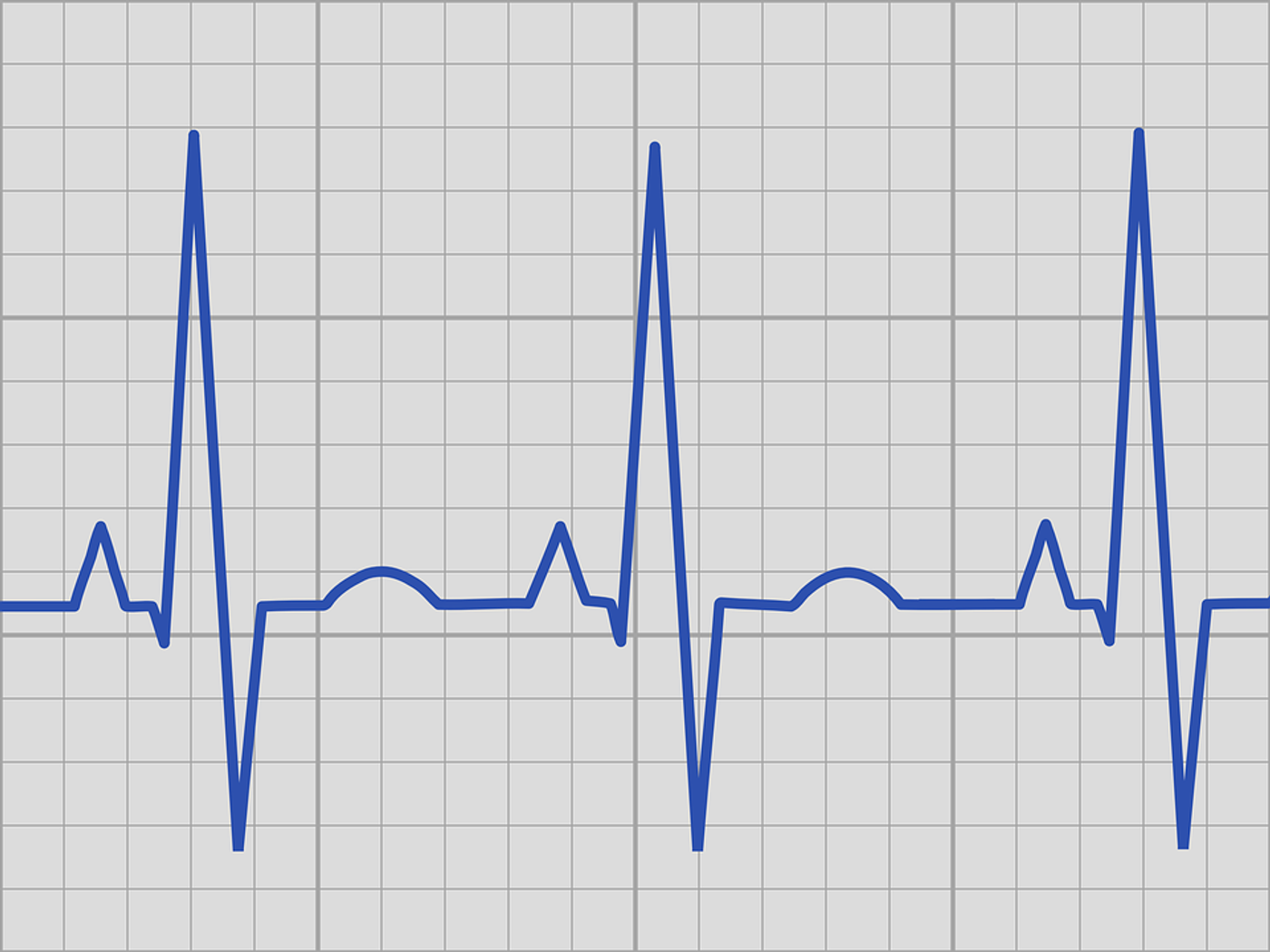Interfering with Inflammatory Signals to Treat Arrhythmia
Part of the immune system has now been implicated in the development of atrial fibrillation (AF), the most common heart arrhythmia that leads to stroke, blood clots, and heart failure. From the Baylor College of Medicine, scientists show how the immune system is involved with this dangerous form of cardiac arrhythmia.
AF is characterized by a “quivering or irregular heartbeat,” affecting nearly three million Americans, often elderly people. Based on new research, inflammation was recently regarded as strongly associated with AF progression, as opposed to merely being a side effect.
The new study zeroed in on the NLRP3 inflammasome, which recruits and prepares immune cells from the innate immune system to release inflammatory cytokines, chemical messengers in the body.
"Little is known, however, of the role this inflammasome plays in heart cells,” explained corresponding author Dr. Na Li. “We looked at the heart-specific inflammasone and asked what functions it plays in the heart and its possible link to atrial fibrillation."
First, researchers used a mouse model of AF, where mice were genetically altered to express a version of the NLRP3 inflammation that is constantly active in heart cells. Were these mice more prone to developing AF as a result? Yes, they showed signs of AF development, including spontaneous atrial contractions that were successfully treated with a NLRP3 inflammasome inhibitor or by suppressing its activity altogether.
The study scientists follow-up with an analysis of heart tissue donated by AF patients, finding increased levels of NLRP3 inflammasome activity and confirming the findings from the mouse studies.
“This indicates that in this model, activation of this inflammasome in heart cells alone is sufficient to promote events that have often been associated with the development of atrial fibrillation,” Li explained.
The NLRP3 inflammasome activity is apparently changing the function of various proteins that regulate the electrophysiology of heart muscle cells, called cardiomyocytes. When these cells aren’t working properly, abnormal electrical patterns characteristic of AF can develop.
"There is clinical evidence that modifying risk factors for atrial fibrillation - obesity, diabetes and sleep apnea, for instance - can lead to significant reduction of atrial fibrillation incidence," Li concluded. "We want to investigate whether these factors, which are also commonly associated with an inflammatory response, can in addition promote atrial fibrillation through the inflammasome pathway in heart cells."
The present study was published in the journal Circulation.
Sources: American Heart Association, Baylor College of Medicine









